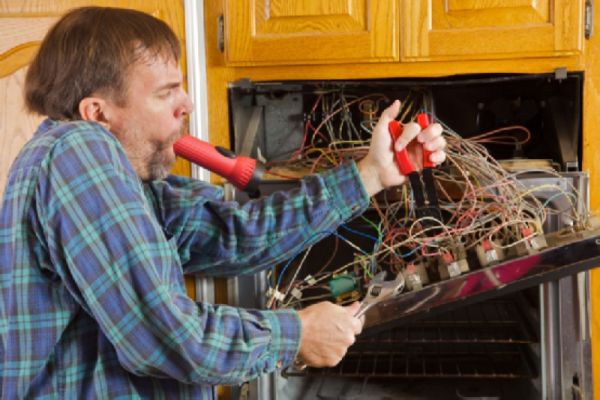DIY projects can be a lot of fun, but they’re not child’s play. If you want results, it’s going to take some serious planning, discipline and equipment. So, before you venture on your DIY adventure, here are some things you should have on your mind.
1. First of All – Be Creative
Most DIY projects involve creative thinking and a unique approach; always try to think of the simplest way to utilize what you have in terms of space, functionality and equipment. Getting to the best solution might take you some time, but once you learn to think creatively you’ll be seeing new DIY jobs all around the house! Ask for someone to help you – having an additional pair of hands will make the job easier, safer and more fun – not to mention two heads think better than one.

2. Gather Knowledge
A constant wish to learn more, to get better at basic DIY skills, should be your driving force behind the whole venture. Thankfully, the Internet is nearly an exhaustible resource for anyone who wants to study; check out the YouTube channels which have a lot of DIY related content. These can show you a lot of tips and tutorials on DIY. Websites often serve as focal points where DIY enthusiasts can gather and exchange information and experience. It’s a great place to ask when you’re uncertain about something. Who knows, you might get an answer from a professional. Start on YouTube channels such as Kung Fu Maintenance, Home Addition Plus, Ultimate Handyman or websites such as instructables.com or makezine.com.
3. Get a Decent Toolkit
Of course, your toolkit will vary according to your needs and preferences, but having a well-rounded set is essential for every DIY. No toolbox is complete without the following items:
- screwdriver set -an absolute must-have. We suggest getting Phillips and flat-head in several sizes, which often come in kits. Also, magnetic tips will make your screwing jobs easier
- claw hammer (might go with the one with a rubber handle as it absorbs shock better and you’ll get a better grip)
- pliers (plier wrenches), adjustable wrenches (especially handy in plumbing jobs)
- tape measure (as the saying goes – measure twice, cut once!)
- level (or even a laser level to get your hands free)
- other tools like utility knife, electric drill and a hacksaw with replaceable blades
4. Pick Good Expendable Stuff
When it comes to expendable material, many make the mistake of buying the cheapest there is. This will significantly reduce the lifespan of your projects and can even cause safety concerns; many professionals, including the staff from Brezon, notable Serbian steel bolts manufacturer, emphasize the importance of connecting plastic or wooden materials with strong, steel elements.
5. Don’t Forget the Safety Gear
You should always have a first aid kit in the house. Chances are that sooner or later you’re going to get some minor cuts and scrapes, and large DIY projects increase the chance of injury. In fact, it would be great if your first aid kit included more than band-aids and adhesives; some antiseptic ointment, eyedrops and chemical cold packs should be in there as well. If you’re doing serious work that involves tearing down walls, be sure to have at least a cloth mask to protect from irritation of the lungs. Also get some safety goggles – especially if you’re planning to weld.
DIY can be very rewarding if you stick to it; your skills will grow, and friends and family will be impressed with the work you’ve done around the house. Not to mention you’ll save a lot of money. It’s actually all about persistence – stick to these guidelines, have patience, and the results will come.























